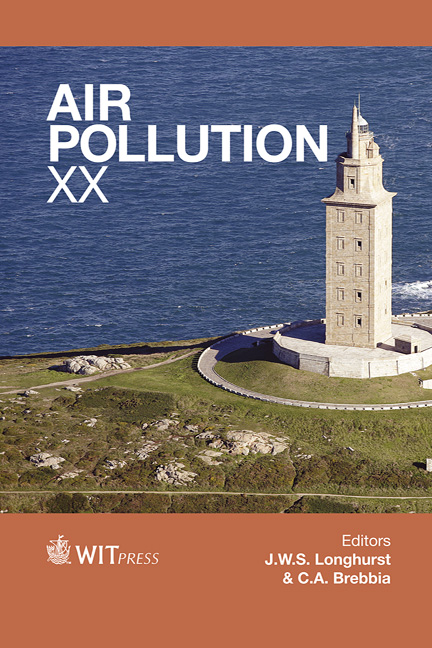A Simple Operative Formula For Ground Level Concentration From A Point Source
Price
Free (open access)
Transaction
Volume
157
Pages
10
Page Range
23 - 32
Published
2012
Size
384 kb
Paper DOI
10.2495/AIR120031
Copyright
WIT Press
Author(s)
T. Tirabassi, M. T. Vilhena & D. Buske
Abstract
Irreversible consequences of air pollution in the Atmospheric Boundary Layer (ABL) demand for increasing real time environmental monitoring and control as a routine instrument as well as for cases of environmental accidents or even catastrophes. In order to evaluate such scenarios one needs efficient procedures, which yield immediate results, for instance evaluating the ground level concentration of pollutants, and especially the maximum concentration and its position. The computational evaluation of numerical data of the concentration field or for a set of positions is an instant task using an analytical approach. So the Advection-Diffusion Equation is solved for a steady-state pollutant emission from a point-like source placed inside an unstable Atmospheric Boundary Layer. Then, an explicit approximate expression is provided for it, allowing an analytic simple expression for the position and value of the maximum. Keywords: air pollution modelling, analytical solutions, advection-diffusion equation, maximum concentration, operative models, environmental management, integral transform. 1 Introduction The prediction of pollutant dispersion in the atmosphere may be modeled by Eulerian and Lagrangian methods. The background of the Eulerian techniques is based upon the solution of the advection-diffusion equation. On the other hand, the framework of the Lagrangian models basically consists in the solution of the
Keywords
air pollution modelling, analytical solutions, advection-diffusion equation, maximum concentration, operative models, environmental management, integral transform.





